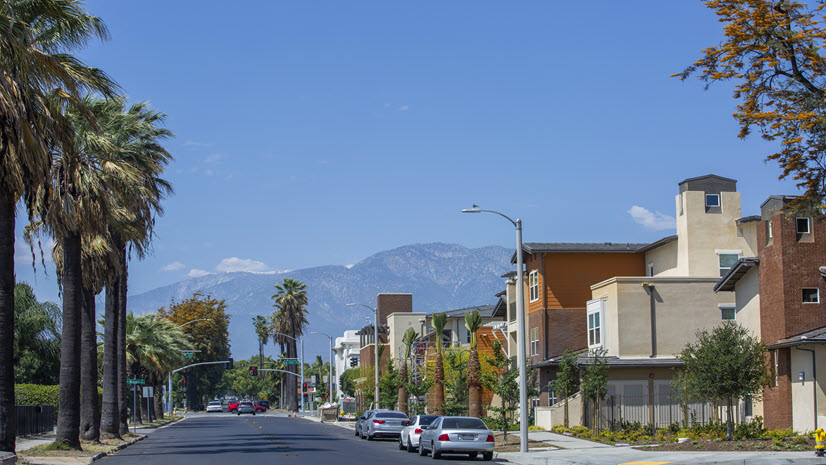The inaugural Esri Planning Directors Summit took place on November 6-7, 2023, in the vibrant city of West Palm Beach, Florida. This event brought together 122 planning directors and municipal leaders from 25 states, creating a unique platform for urban and community planning professionals to engage, learn, and network.
Purpose and Vision
The primary goal of the Esri Planning Directors Summit was to learn from other planners and explore how Geographic Information Systems (GIS) are being integrated into mission-critical planning projects across the nation. While GIS has become pervasive across the planning landscape, many planning directors, who often do not get to use the technology daily, struggle to keep up with the modern applications of the software. As planners face increasingly complex challenges, the summit aimed to equip attendees with the knowledge and tools necessary to leverage GIS effectively in their initiatives. The event featured a series of presentations, panel discussions, and networking opportunities designed to foster discussion, collaboration and innovation among planning professionals.

Keynote Address
The summit kicked off with an inspiring keynote address from Joel Albizo, the CEO of the American Planning Association (APA). Joel emphasized the importance of integrating technology into planning processes to enhance decision-making and community engagement. His insights set the tone for the event, highlighting the transformative potential of GIS in addressing pressing urban issues.

Later in the summit, Jason Jordan from APA provided an overview of the organization’s legislative and policy priorities. His discussion focused on how planners can advocate for policies that support sustainable development and equitable growth. Additionally, Zhenia Dulko shared her work in the APA’s Foresight Program, which aims to anticipate future trends and challenges in urban planning.
Engaging Sessions and Discussions
The summit featured a diverse range of sessions that delved into various aspects of GIS integration in planning. Topics included:
- Comprehensive Planning: Attendees learned how GIS is enhancing the comprehensive planning process by providing data-driven insights that inform long-range land use decisions and community development strategies while providing strong stakeholder engagement tools.
- Affordable Housing Policy: Discussions centered on how GIS tools can help identify areas in need of affordable housing and assess the impact of housing policies on different communities.
- Climate Resilience Planning: Planners learned about strategies currently in place for using GIS to analyze vulnerabilities and develop resilience plans that address the impacts of climate change on coastal areas.
- Fiscal Viability Analysis: Participants explored how GIS can assist in evaluating the financial implications of development decisions, ensuring that projects are economically sustainable.
- Economic Development: Sessions highlighted the role of GIS in identifying growth opportunities and supporting local businesses through data analysis and visualization in a digital twin.
- Blight Remediation: Attendees learned about innovative but repeatable approaches to using GIS for identifying and addressing blighted areas, equitably fostering revitalization efforts in struggling neighborhoods.

These sessions provided valuable insights into the practical applications of GIS in planning, showcasing real-world examples and best practices from across the country.
Insight from Houseal-Lavigne
A standout moment of the summit was the presentation by Houseal-Lavigne, a leading planning firm and Gold Esri Partner. They unveiled their innovative product, EuclidHL, a generative AI application designed to assist planning departments in clarifying permitted land use and zoning codes in a rapid and authoritative manner. This cutting-edge tool exemplifies how technology can streamline planning processes and improve communication with stakeholders.
The presentation sparked engaging discussions among attendees, who were eager to learn AI could be implemented in their own jurisdictions. Houseal-Lavigne’s insights into the future of GIS in planning underscored the importance of staying ahead of technological advancements to better serve communities. Maybe equally important, they showed how such innovation is actually a good fit in solving land use and development questions and issues that come up, because it drives a data-driven approach to the problems (and opportunities).

Networking Opportunities
In addition to the informative sessions, the summit provided ample networking opportunities for attendees to connect with peers and industry leaders. This was one of the more impactful components of the summit. Participants shared experiences and strategies for overcoming common challenges in urban planning. The collaborative atmosphere fostered a sense of community among planning professionals, which was honestly one of the main reasons we held this summit.
And finally…
The inaugural Esri Planning Directors Summit was a resounding success, offering a wealth of knowledge and inspiration for planning professionals. The event highlighted the critical role of GIS in addressing contemporary planning challenges and showcased innovative solutions that are enhancing decision-making processes.
The insights shared during the summit serve as a reminder of the importance of collaboration and continuous learning in the field of planning. As we move forward, the lessons learned and connections made at the summit will undoubtedly contribute to more resilient and sustainable communities across the nation.
Stay tuned for future events and opportunities to engage with the Esri planning community, as we continue to explore the intersection of technology and urban planning. Together, we can shape the future of our cities and design more sustainable, thriving communities.




